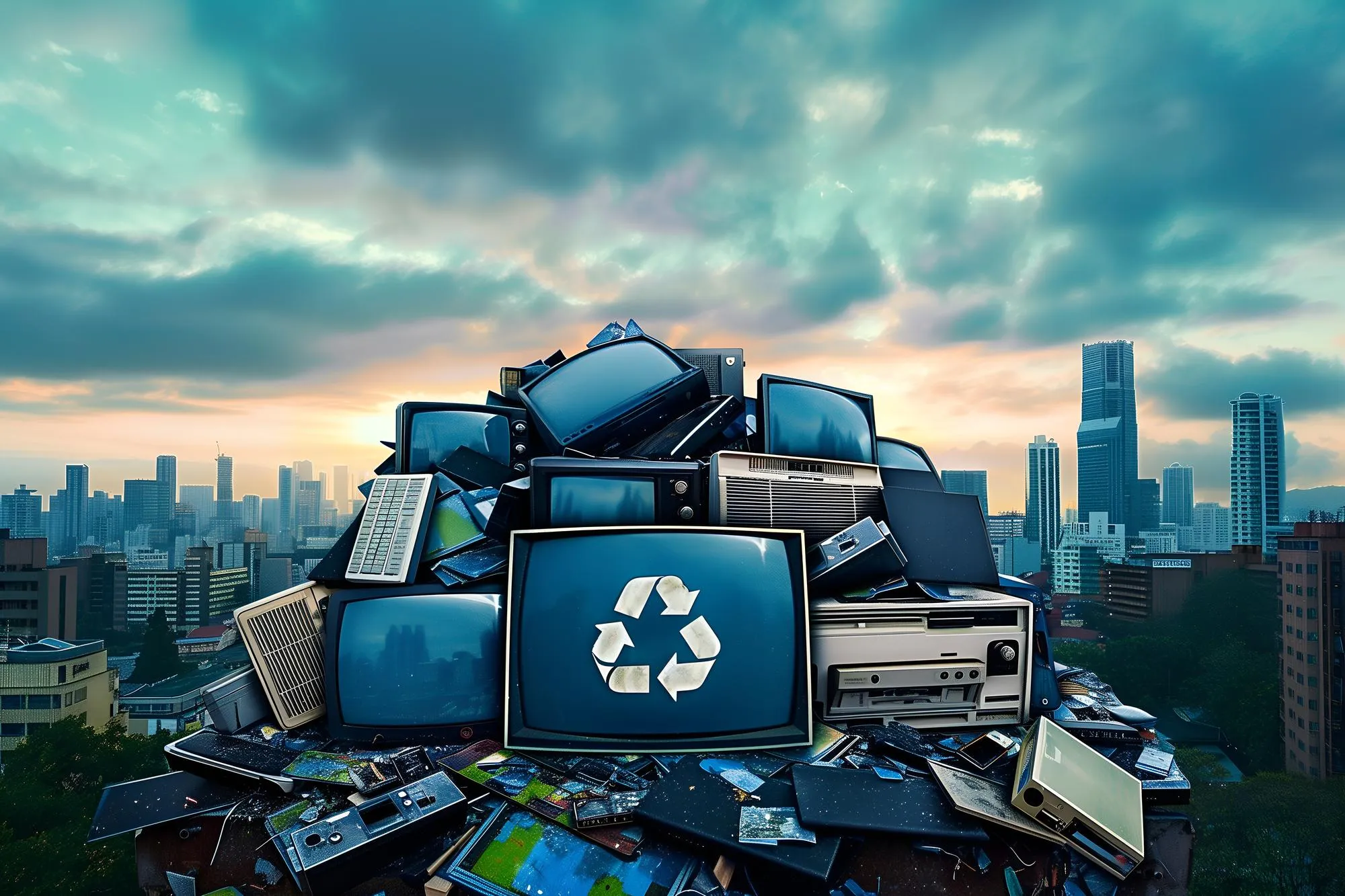A new study by researchers in China and the Netherlands raises concerns over the health impacts of 6PPD-quinone exposure, particularly in children from e-waste recycling towns. Published in Environmental Research, the study suggests a correlation between higher exposure to this chemical, found extensively in the dust of electronic waste-recycling areas, and fluctuations in children’s Body Mass Index (BMI) and increased incidences of flu and diarrhea. The study is a wake-up call to address the unintended consequences of the global e-waste cycle and its effect on vulnerable populations.
The research carried out by Zhang Zhuxia, Xu Xijin, Qian Ziyi, Zhong Qi, Wang Qihua, Hylkema Machteld N., and Snieder Harold, notably from the Laboratory of Environmental Medicine and Developmental Toxicology, spotlights the overlooked issue of environmental pollutants arising from e-waste and their impact on children’s health. The study’s DOI is 10.1016/j.envres.2024.118201.
The research assessed 183 dust samples collected from roads, homes, and kindergartens across Guiyu, renowned as an e-waste recycling hub, and Haojiang, its control area, between 2019 and 2021. The results revealed that concentrations of 6PPD-quinone, a hazardous chemical byproduct of rubber tire wear and now linked also to e-waste recycling, were substantially higher at the e-waste exposed sites.
Key findings suggest that not only do these higher concentrations of 6PPD-quinone present in the dust of Guiyu’s kindergartens and homes pose an environmental concern, but they also correlate with altered health outcomes in children. Children exposed to higher levels of 6PPD-quinone had a statistically significant lower BMI and experienced influenza and diarrhea more frequently. The findings imply that while inhalation is a route of exposure, ingestion of dust particulates poses a much higher risk, especially to the developing bodies of children in these areas.
While 6PPD-quinone is recognized for its antiozonant properties in preserving tires, its toxicological profile in the context of human health, particularly in children, demands urgent attention. The global community is increasingly aware of the harmful consequences of e-waste disposal practices and the dangers they pose to health and the environment. This study brings to light a new facet of the e-waste problem, specifically the risk it poses via chemical exposure.
Efforts to address environmental health risks often focus on well-known pollutants like lead or mercury. However, this study emphasizes the need to broaden these efforts to include emerging contaminants such as 6PPD-quinone. The study is indeed critical in understanding the full scale of environmental pollutants and the need for an inclusive monitoring and mitigation approach.
The authors underscore that there is no known competing financial interest or personal relationship that could have influenced their findings. This declaration reinforces the credibility and the urgency of the reported concerns.
The study’s revelations are likely to ignite further research into the toxicological effects of 6PPD-quinone and other e-waste-derived pollutants. Additionally, this research underscores the necessity for improved e-waste management and recycling methods that are safe for both the environment and public health.
For readers and stakeholders within the environmental health community, the implications of this research are clear: immediate action is necessary to curb children’s exposure to 6PPD-quinone and other such pollutants. It also raises questions about the standards and practices in e-waste recycling operations, calling for a more sustainable and health-conscious approach to handling electronic waste.
Keywords
1. e-waste recycling health risks
2. 6PPD-quinone exposure
3. child health environmental pollution
4. chemical exposure from e-waste
5. BMI fluctuations environmental factors
References
1. Zhang, Z., Xu, X., Qian, Z., Zhong, Q., Wang, Q., Hylkema, M. N., … & Huo, X. (2024). Association between 6PPD-quinone exposure and BMI, influenza, and diarrhea in children. Environmental Research, 247, 118201.
2. Wang, S., Zhang, Y., & Li, J. (2022). E-waste and health effects: A review. Science of the Total Environment, 753, 141975.
3. Zheng, G., Filippelli, G. M., & Salamova, A. (2021). Increased Human Exposure to 6PPD-quinone, the Toxic Transformation Product of a Common Tire Rubber Preservative. Environmental Science & Technology Letters, 8(8), 688-695.
4. Heacock, M., Kelly, C. B., Asante, K. A., Birnbaum, L. S., Bergman, A. L., Bruné, M.-N., …, & Suk, W. A. (2016). E-waste and harm to vulnerable populations: a growing global problem. Environmental Health Perspectives, 124(5), 550–555.
5. Tait, P. W., Brew, J., Che, A., Costanzo, A., Danyluk, Q., & Davis, M. (2018). Health implications of new generation e-waste recycling: Shifting from legacy to cleaner high-technology electronic products. International Journal of Environmental Research and Public Health, 15(2), 278.
DOI: 10.1016/j.envres.2024.118201
